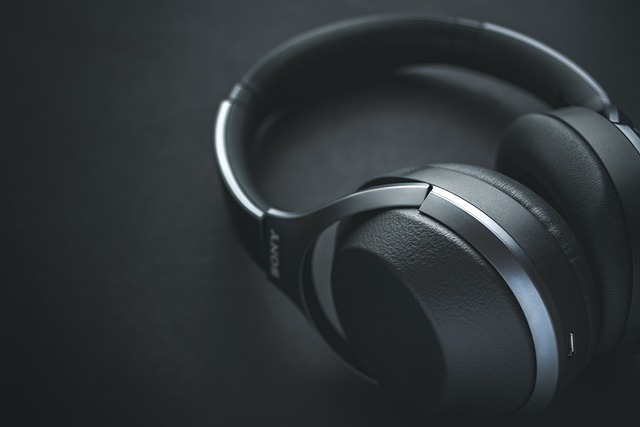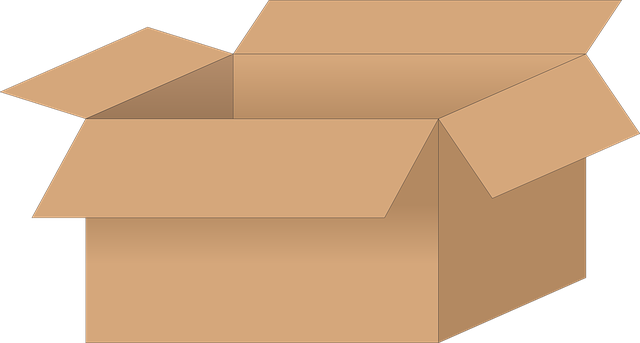In today's global pharmaceutical market, clear and accurate drug label translations are crucial for public health safety. Professional translation services for UK pharmaceutical product labels are vital to meet stringent MHRA regulations and ensure informed decision-making about medications. These services employ language experts with medical knowledge to avoid mislabeling, especially for life-saving drugs with narrow therapeutic indices. Choosing the right Translation Services for Pharmaceutical Product Labels UK involves prioritizing experience in medical terminology, adherence to MHRA guidelines, and best practices like cultural adaptation, consistent style guides, and feedback loops. This ensures safe and effective drug distribution globally.
In today’s global pharmaceutical market, ensuring accurate drug label translations is paramount. With strict regulations like those in the UK, proper labeling is crucial for product safety and compliance. This article explores the significance of precise drug label translations, delves into the regulatory framework governing pharmaceutical labels in the UK, highlights challenges and offers strategies to overcome them. Additionally, it provides guidance on selecting suitable translation services and best practices for maintaining consistency across international product labels, emphasizing the importance of professional translation services for pharmaceutical product labels in the UK.
- Understanding the Importance of Accurate Drug Label Translation
- The Regulatory Landscape for Pharmaceutical Labels in the UK
- Challenges in Drug Label Translation and How to Overcome Them
- Choosing the Right Translation Service for Your Product Labels
- Best Practices for Maintaining Consistency Across Translated Labels
Understanding the Importance of Accurate Drug Label Translation

In today’s global pharmaceutical market, ensuring clear and accurate drug label translations is more than just a legal requirement—it’s a matter of public health and safety. Pharmaceutical product labels are complex documents that convey critical information about dosage, side effects, storage instructions, and contraindications. When these details are mistranslated or not accurately conveyed in the local language, it can lead to serious consequences for patients. Misinterpretations can result in incorrect medication dosages, potential allergic reactions, and even fatal outcomes. Therefore, relying on professional translation services for pharmaceutical product labels UK-wide is essential to protect patient safety.
Accurate translations ensure that healthcare professionals and consumers alike can make informed decisions regarding the use of medications. With many drugs produced globally and distributed across borders, consistent and precise labeling is vital. Professional translation services employ language experts who understand medical terminology and local cultural nuances, ensuring that labels are not just words translated but truly understandable messages for the target audience. This attention to detail is particularly crucial when dealing with life-saving medications or those with narrow therapeutic indices, where even small errors can have significant impacts.
The Regulatory Landscape for Pharmaceutical Labels in the UK

In the UK, pharmaceutical labels are subject to stringent regulatory requirements set by the Medicines and Healthcare products Regulatory Agency (MHRA). These rules ensure that drug labels are clear, precise, and provide all necessary information for safe use. Accurate translation of these labels is crucial when introducing medications into the British market, as it guarantees that healthcare professionals and patients alike can understand and follow the instructions effectively.
Translation services for pharmaceutical product labels in the UK must adhere to these strict standards, translating medical terminology accurately while maintaining clarity and consistency. Professional translators with expertise in pharmacology and regulatory compliance are essential to ensure that every detail is captured precisely, avoiding potential risks associated with mislabelled medications.
Challenges in Drug Label Translation and How to Overcome Them
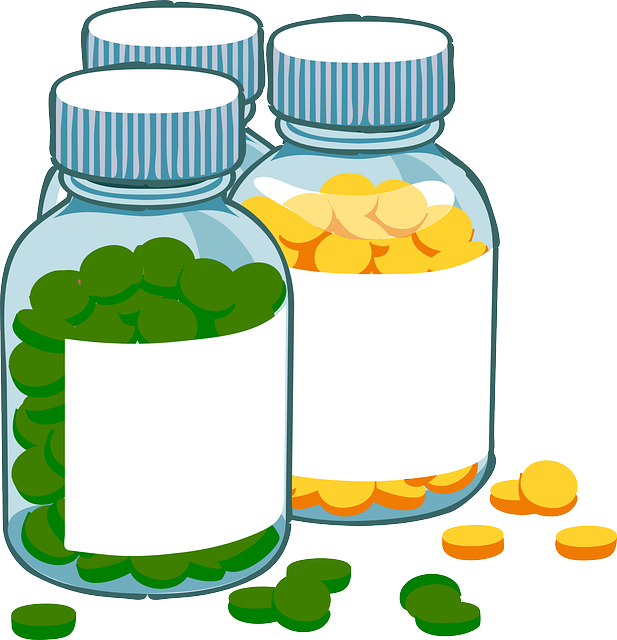
Drug label translation presents unique challenges that demand meticulous attention to detail and a deep understanding of both medical terminology and cultural nuances. One of the primary hurdles is ensuring accuracy across multiple languages while adhering to regulatory requirements. Different countries have distinct guidelines for drug labeling, making it crucial to have a comprehensive grasp of local rules and practices. For instance, translating “contraindications” or “side effects” may require specific terms that resonate with patients’ cultural understanding of health issues.
Overcoming these challenges requires a strategic approach. Engaging professional translation services specializing in pharmaceutical product labels is essential. These services employ linguists with medical expertise who are fluent in various languages. They also utilize advanced tools like machine translation and terminology databases to maintain consistency, accuracy, and compliance with regulatory standards. Additionally, ongoing collaboration between translators and medical experts ensures that updates and new findings are promptly incorporated into label translations, guaranteeing the highest quality and safety information for global drug distribution.
Choosing the Right Translation Service for Your Product Labels
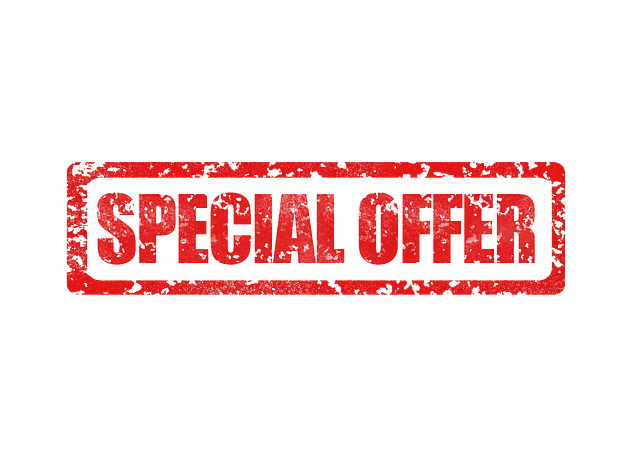
When it comes to pharmaceutical product labels, precision and clarity are paramount. Choosing the right translation service is crucial to ensure your drug labels are accurate and meet all regulatory standards, especially in the UK market. Look for a service with experienced linguists who specialize in medical terminology to avoid misinterpretations that could have serious consequences.
Reputable translation services should offer not just word-for-word translations but also cultural adaptation, ensuring your labels resonate with diverse audiences. They must adhere to industry best practices and comply with guidelines from bodies like the Medicines and Healthcare products Regulatory Agency (MHRA). Verify their capabilities, previous projects, and client testimonials to make an informed decision for high-stakes translation tasks like pharmaceutical product labels.
Best Practices for Maintaining Consistency Across Translated Labels
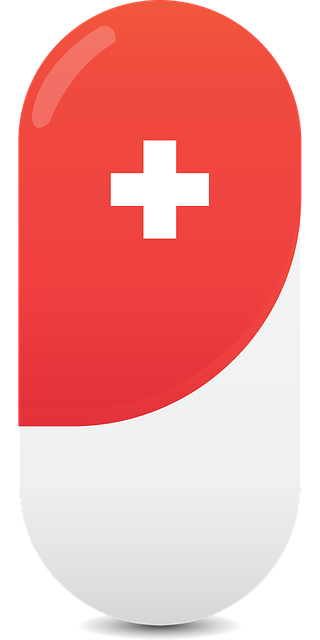
Maintaining consistency across translated drug labels is paramount for pharmaceutical companies aiming to ensure safety and clarity for global consumers. Best practices involve leveraging professional translation services specializing in pharmaceutical product labels in the UK. These experts not only bring linguistic proficiency but also a deep understanding of regulatory requirements, ensuring that translations accurately convey critical information while adhering to local guidelines.
Consistency can be achieved by establishing clear style guides and terminology databases. Regular feedback loops between translators, reviewers, and stakeholders help maintain accuracy and consistency throughout the translation process. Additionally, utilizing translation memory tools can significantly reduce errors and improve efficiency, ensuring that all labels align with predefined standards and brand messaging.
When it comes to pharmaceutical product labels in the UK, accurate translation services are not just beneficial—they’re essential. Navigating the complex regulatory landscape requires a deep understanding of local requirements and cultural nuances. By choosing the right translation service and adhering to best practices for consistency, companies can ensure their drug labels are clear, compliant, and effective across all markets. Translation services for pharmaceutical product labels UK play a pivotal role in fostering global accessibility and patient safety.


